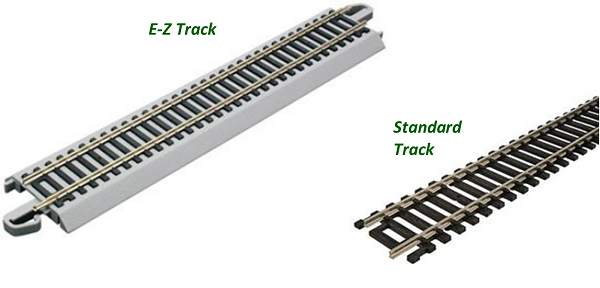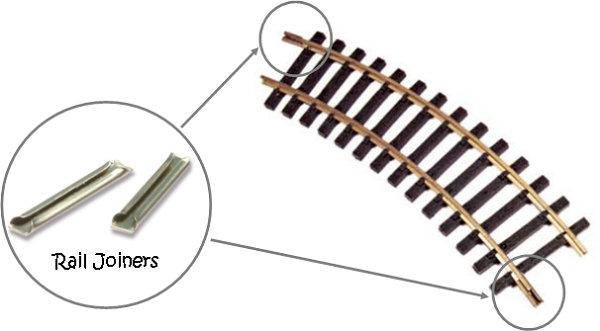Beginner's Guide to Model Railroading
Straight & Curved Tracks


Just as the name implies, curved tracks are used for moving your trains in different directions around your train table. Curved tracks are used to create oval and figure-8 layouts. But curved tracks can also spiral up (on pylons) and around and over obstacles, allowing for elevated operation of your trains, which means even more railroading capability in the same space. Just like with straight track, there are two kinds of curved track: Standard and E-Z tracks.
Note: Whether you use standard track or E-Z tracks, they both require rail joiners to connect them together for allowing electrical current to flow uninterrupted through the rails.
Continue with this Railroading Workshop by clicking on the link below:
Flex-Track